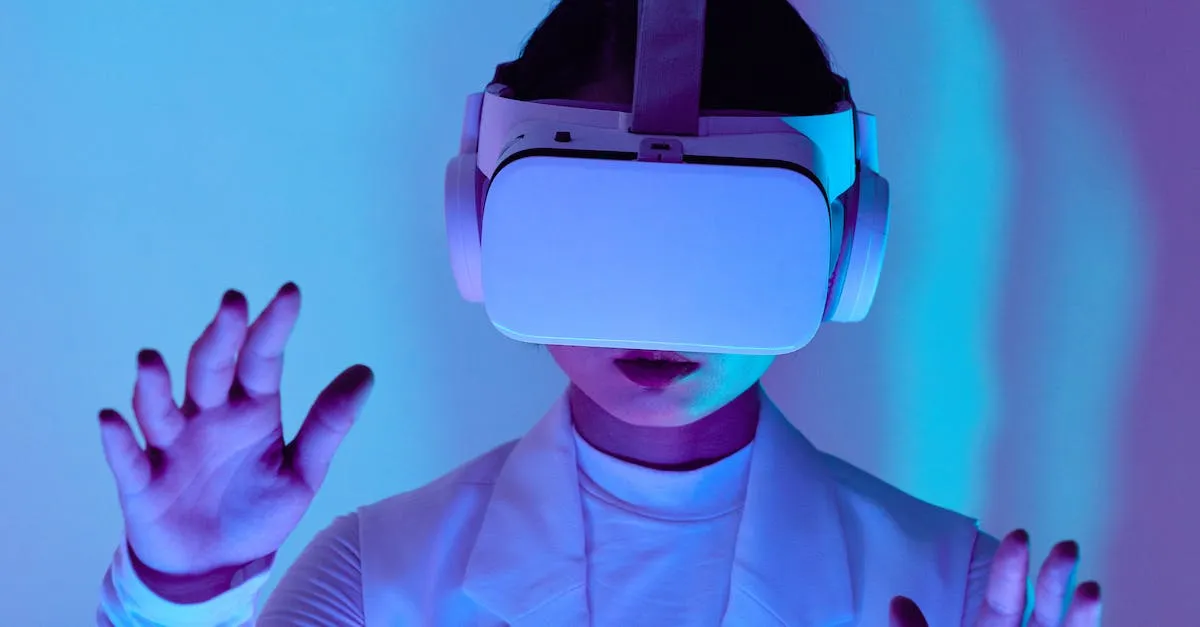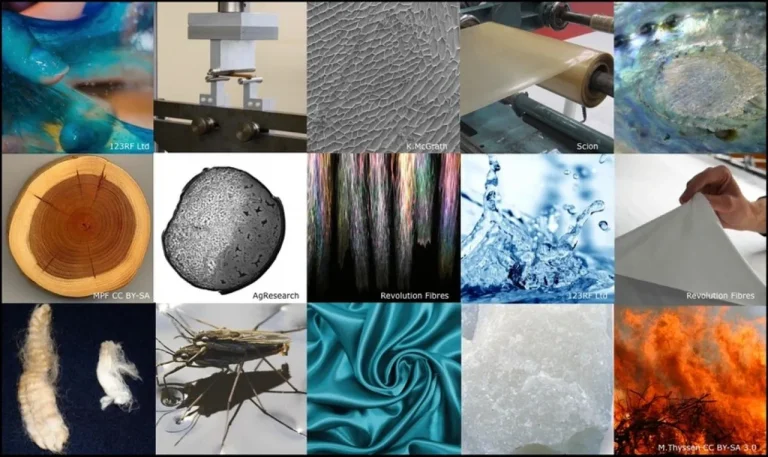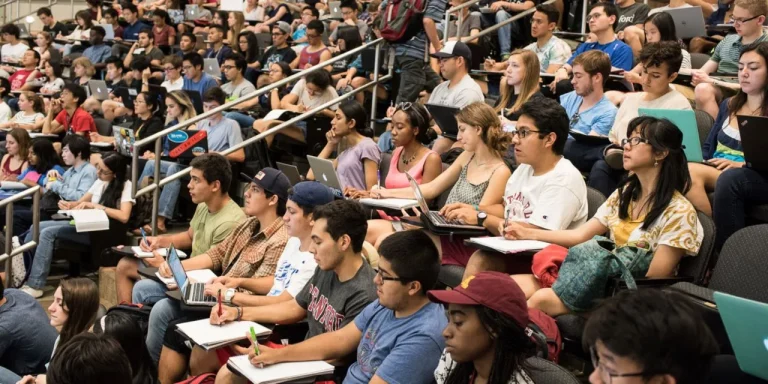Is Shifting Realities Real Science?
The concept of shifting realities has captured attention online, with many claiming the ability to transport their consciousness to alternate dimensions. But is this practice backed by science, or is it simply an imaginative exercise?
In this comprehensive guide, we’ll examine the theories behind shifting and evaluate its scientific validity.
If you’re short on time, here’s a quick answer: while some try to explain shifting realities through quantum physics, the concept currently lies outside the realm of proven science.
Defining Shifting Realities
Shifting realities, also known as reality shifting or reality jumping, is a concept that has gained popularity in recent years. It involves the idea that individuals can consciously shift their consciousness from one reality to another.
While some may dismiss it as mere fantasy or wishful thinking, there is a growing community of individuals who believe in the possibility of shifting realities and have experienced it firsthand.
Basic Concept
The basic concept of shifting realities revolves around the idea that there are multiple parallel universes or dimensions coexisting alongside our own. These realities are believed to be similar to our own but may have slight differences in terms of events, people, or circumstances.
The process of shifting involves using various techniques to enter into a desired reality and experiencing it as if it were real.
Proponents of shifting realities argue that it is not just a mental exercise or daydreaming, but a genuine phenomenon that can be consciously experienced. They claim that by altering their state of consciousness through meditation, visualization, or other methods, they can enter into a different reality and explore it from a first-person perspective.
Methods and Techniques
There are various methods and techniques that individuals use to shift their realities. One popular approach is called the “raven method,” which involves creating a detailed script or scenario of the desired reality and mentally immersing oneself in it.
Another technique is known as the “Alice in Wonderland method,” where individuals imagine falling down a rabbit hole and entering a different world.
Visualization plays a crucial role in reality shifting, as individuals imagine themselves in the desired reality and engage their senses to make the experience more vivid. Some people also use affirmations, meditation, or lucid dreaming as tools to shift their consciousness and enter into different realities.
Online Shifting Community
The online shifting community has grown significantly in recent years, with forums, social media groups, and websites dedicated to discussing and sharing experiences related to shifting realities. These communities provide a platform for individuals to connect, share techniques, and support one another in their journey of exploring different realities.
It is important to note that while shifting realities may be a fascinating concept, it is not widely recognized or studied in the scientific community. Many scientists and skeptics view it as a form of lucid dreaming or a manifestation of the power of the human imagination.
However, for those who have experienced shifting firsthand, it can be a transformative and eye-opening experience.
Whether shifting realities is a genuine scientific phenomenon or simply a product of the human mind is a topic of debate and speculation. While there may not be concrete scientific evidence to support the existence of shifting realities, the personal experiences and accounts of those who practice it cannot be ignored.
Proposed Scientific Explanations
Quantum Physics Theories
One possible scientific explanation for shifting realities lies in the realm of quantum physics. According to quantum theory, particles can exist in multiple states or locations simultaneously until they are observed or measured.
This concept, known as superposition, suggests that reality is not fixed but rather a fluid and ever-changing state. Some physicists speculate that shifting realities could be a result of quantum phenomena, where our consciousness interacts with different quantum states, allowing for the experience of alternate realities.
For more information on quantum physics theories, you can visit Quantum Magazine.
Consciousness and Metaphysics
Another proposed scientific explanation for shifting realities involves the study of consciousness and metaphysics. Some researchers argue that our consciousness plays a crucial role in shaping our reality.
They suggest that shifting realities could be a result of our consciousness navigating through different dimensions or parallel universes. This perspective aligns with the idea that our thoughts and intentions have the power to manifest and create our experiences.
If you are interested in diving deeper into the study of consciousness and metaphysics, you can explore resources at the Conscious Lifestyle Magazine.
Parallels to Lucid Dreaming
Shifting realities may also find parallels in the phenomenon of lucid dreaming. In a lucid dream, individuals become aware that they are dreaming and can actively influence and shape the dream world. Some researchers propose that shifting realities could be a waking-life version of lucid dreaming, where individuals become aware of their ability to shift and alter their reality.
This perspective suggests that shifting realities may be a natural extension of our consciousness and its capacity to navigate different states of awareness.
If you want to delve deeper into the topic of lucid dreaming and its potential connections to shifting realities, you can explore the DreamViews website.
Criticisms and Concerns
Lack of Empirical Evidence
One of the major criticisms surrounding the concept of shifting realities is the lack of empirical evidence to support its claims. While some individuals may report personal experiences of shifting realities, there is a lack of scientific studies and data to back up these claims.
Without concrete evidence, it becomes challenging to validate the existence of shifting realities as a scientific phenomenon.
It is important to note that the absence of empirical evidence does not necessarily disprove the concept of shifting realities. However, it does raise questions about the credibility and reliability of the claims made by proponents of this idea.
In the absence of scientific research and rigorous experimentation, it becomes difficult to separate fact from fiction.
Placebo Effect
Another concern raised by skeptics is the possibility of the placebo effect influencing the reported experiences of shifting realities. The placebo effect refers to the phenomenon where a person experiences a perceived improvement in their condition or reality due to the belief in a treatment or intervention, even if the treatment itself is inert or has no physiological effect.
In the case of shifting realities, it is possible that individuals who believe in this concept may experience a sense of change or transformation simply because they expect it to happen. Without proper controls and scientific methodologies, it is difficult to ascertain whether these experiences are a result of shifting realities or simply the placebo effect at play.
Logical Inconsistencies
Some critics argue that the concept of shifting realities presents logical inconsistencies that undermine its credibility. For example, proponents of shifting realities claim that individuals can consciously shift from one reality to another.
However, this raises questions about the nature of reality itself and the mechanisms through which these shifts occur.
Additionally, the concept of shifting realities implies that there are multiple parallel universes or dimensions coexisting simultaneously. While this idea is fascinating, it poses challenges in terms of our current understanding of physics and the laws that govern the universe.
Without a clear and coherent explanation for these logical inconsistencies, it becomes difficult to accept shifting realities as a scientifically valid concept.
Shifting Realities in Psychology
Shifting realities, also known as altered states of consciousness, have long been a topic of fascination in the field of psychology. These experiences involve a temporary change in one’s perception, thoughts, and feelings, often resulting in a shift from the usual state of awareness.
While some may dismiss shifting realities as mere figments of the imagination, psychologists have conducted extensive research to understand their nature and potential impact on individuals.
Dissociation
One of the most well-known forms of shifting realities is dissociation. This phenomenon involves a disconnection from one’s thoughts, memories, and surroundings, leading to a sense of detachment from reality.
Dissociation can occur in response to traumatic events or as a coping mechanism for individuals dealing with high levels of stress. It is not uncommon for individuals experiencing dissociation to report feeling as if they are observing themselves or their surroundings from a distance.
Dissociation can manifest in various forms, including dissociative amnesia, dissociative identity disorder (previously known as multiple personality disorder), and depersonalization/derealization disorder.
These conditions highlight the complexity of shifting realities and the impact they can have on an individual’s daily life and functioning.
Maladaptive Daydreaming
Another intriguing aspect of shifting realities is maladaptive daydreaming. This term refers to an excessive and compulsive form of daydreaming that goes beyond the normal range of imagination. Individuals who engage in maladaptive daydreaming often create intricate and elaborate worlds in their minds, sometimes to the point of interfering with their daily activities and relationships.
In recent years, researchers have started to explore maladaptive daydreaming as a distinct phenomenon, separate from other psychiatric conditions. While it is still not officially recognized as a disorder in the Diagnostic and Statistical Manual of Mental Disorders (DSM-5), the significant impact it can have on individuals’ lives has spurred scientific interest in understanding its causes and potential treatments.
It is important to note that shifting realities, including dissociation and maladaptive daydreaming, are complex phenomena that can vary greatly from person to person. The experiences associated with these phenomena are subjective and can be influenced by various factors, such as individual differences, cultural backgrounds, and personal history.
To learn more about shifting realities and the current research in this field, you can visit reputable sources such as the American Psychological Association (APA) at www.apa.org or the National Institute of Mental Health (NIMH) at www.nimh.nih.gov.
Conclusion
While some compare shifting realities to scientifically-backed concepts like quantum physics and lucid dreaming, no concrete evidence currently exists to support its supposed mechanisms. Significant doubt remains among the scientific community over whether shifting aligns with known laws of physics.
Ultimately, shifting remains more spiritual conjecture or imaginative exercise than proven science. But its popularity illustrates people’s deep interest in exploring consciousness and existence – topics that science continues seeking to understand.







